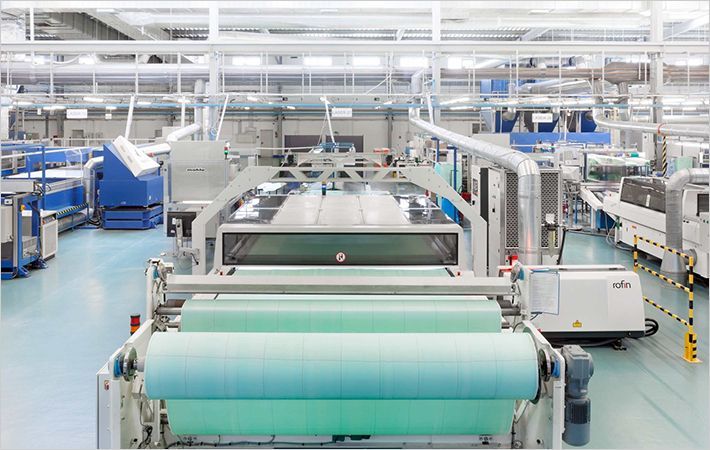Celanese Corporation a global technology and specialty materials company, is using enhanced capabilities of the latest Autodesk Simulation Moldflow 2015 release from Autodesk to predict the crystalline behavior of Fortron ICE polyphenylene sulfide (PPS) and demonstrate how customers can take full advantage of the material’s improved processing characteristics.
Celanese Corporation a global technology and specialty materials company, is using enhanced capabilities of the latest Autodesk Simulation Moldflow #
“Celanese uses the most advanced tools to characterize its material so customers can take advantage of a fully optimized solution,” said Edward Hallahan, Fortron PPS global marketing manager. “By using a high-end plastic injection molding computer-aided engineering tool from a leading developer and supplier of plastic part design software, Celanese enables customers to actually see how Fortron ICE technology enables full crystallinity while achieving fast cycle times and maintaining PPS high-performance characteristics.”
Celanese Corporation a global technology and specialty materials company, is using enhanced capabilities of the latest Autodesk Simulation Moldflow #
New ICE (Improved Crystallization Evolution) grades are part of the Fortron PPS semi-crystalline polymer family that features exceptionally high temperature performance up to 240 degrees Celsius (464 degrees Fahrenheit); outstanding resistance to fuels, oils and solvents; excellent hardness, stiffness and dimensional stability; and inherent flame-resistance. The Fortron ICE grades use an innovative platform technology developed by Celanese material scientists, delivers material properties that are equivalent to or better than standard injection molding Fortron PPS grades, and at the same time, significantly improve the processing characteristics.
Celanese Corporation a global technology and specialty materials company, is using enhanced capabilities of the latest Autodesk Simulation Moldflow #
“One fundamental aspect of semi-crystalline polymers like Fortron PPS is that the specialty polymer’s physical properties are dictated by the amount, size and type of crystalline structures, which are developed while the plastic cools. The final morphology is influenced by the amount of shear the material experiences during injection molding, how fast the material cools down and the actual material itself,” said Hanno van Raalte, product manager for Autodesk Simulation Moldflow products. Our latest software enables customers to simulate the optimal molding cycle.
Celanese Corporation a global technology and specialty materials company, is using enhanced capabilities of the latest Autodesk Simulation Moldflow #
Autodesk Simulation Moldflow 2015, backed by 15 years of material science research on the topic of crystallization, can predict the crystalline structure and account for the materials’ true behavior by removing assumptions on solidification for semi-crystalline materials; improving pressure predictions; improving warpage prediction via improved volumetric shrinkage and anisotropy prediction.

